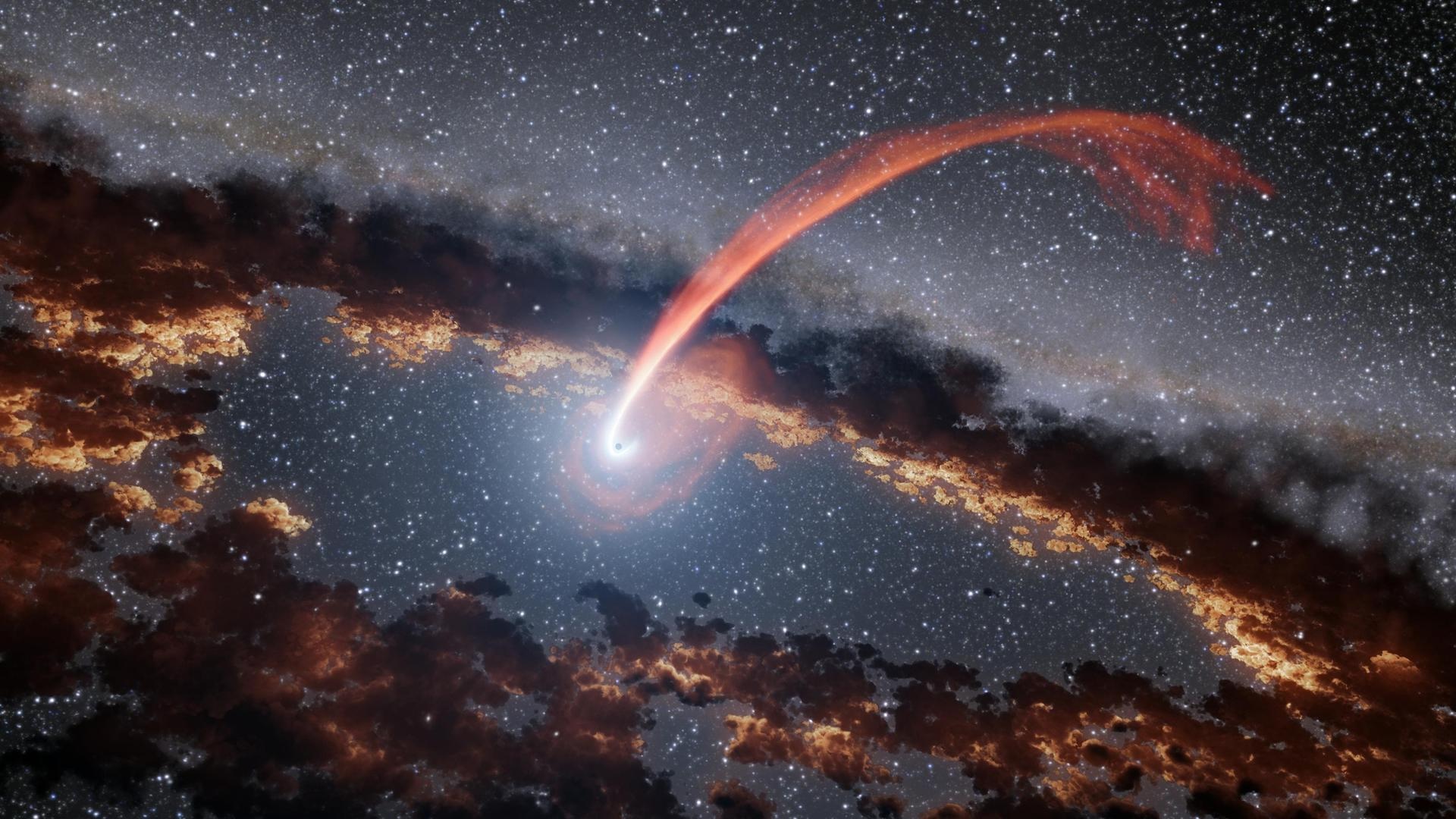Livescience
2d
31

Image Credit: Livescience
Astronomers discover most powerful cosmic explosions since the Big Bang
- A new class of cosmic explosions, extreme nuclear transients (ENTs), has been discovered by astronomers, ranking among the most energetic events since the Big Bang.
- These rare events were observed in distant galaxies' centers, where supermassive black holes tore apart massive stars, emitting prolonged brightness for years.
- One event, Gaia18cdj, emitted energy equivalent to 100 suns over their lifetimes in a year, showcasing their extreme nature.
- The discovery offers insights into the early universe and enables the study of distant black holes and their evolution alongside galaxies.
- These cosmic explosions present a new tool for astronomers to explore the most energetic environments of the universe.
- Through coordinated observations using various observatories, astronomers confirmed the link between these events and supermassive black holes.
- Future missions like NASA's Nancy Grace Roman Space Telescope aim to identify more ENTs and uncover hidden, distant black holes.
- The study, published in Science Advances, suggests that ENTs could hold diversity and variations yet to be explored by astronomers.
- Upcoming surveys are expected to shed more light on these extreme cosmic explosions and further expand our understanding of the universe.
- The discovery of ENTs opens up new avenues for studying distant phenomena and the early universe, providing valuable insights for astronomers.
Read Full Article
1 Like
For uninterrupted reading, download the app